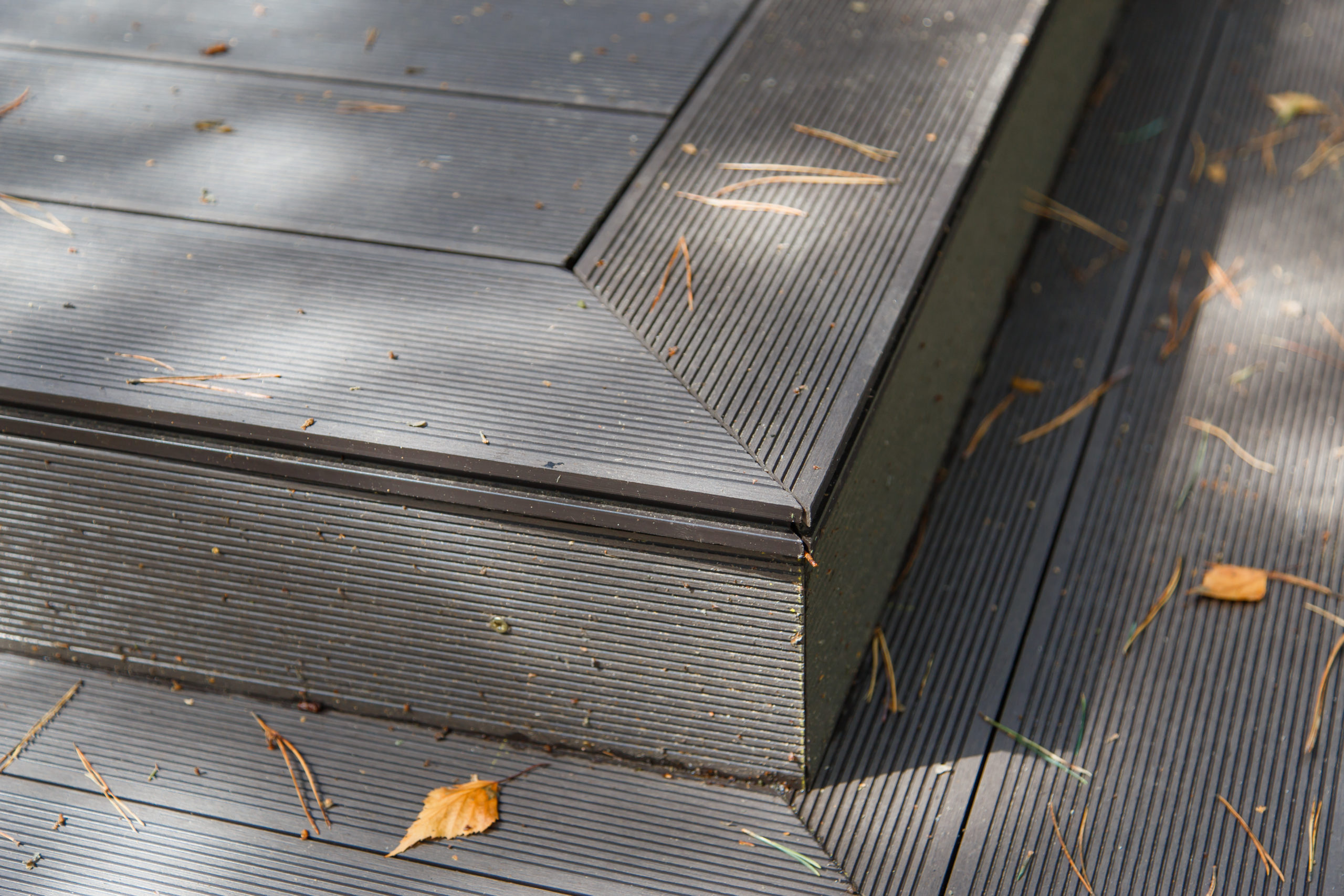So you’ve decided to build your deck.
The first question a handyman or a contractor will ask you is the material you want to use.
Until more recently, decks were constructed almost entirely from wood, and so it was a simple decision of what type of wood you wanted to use based on strength, cost or visual appearance.
But these days composite decks have been garnering the attention of many house owners.
A new report by CBS claims that while wood still has a command over the market, composite materials increased in market share to about 16% back in 2016.
Since then composite material has continued to grow in market share by about 5% each year.
More and more homeowners are going for decks as a means of outdoor living.
They are looking at ways to spend time outdoors, and an outdoor deck remains a great option to create that lifestyle.
Though they look similar, composite and wood both vary vastly in various ways including appearance, maintenance, durability and cost just to name a few.

Wood Vs Composite Materials
Wood and composite are the two primary materials used for building decks.
While the former is naturally occurring, the latter is manmade.
Wood Decking
Pressure-treated wood and cedar are the most popular options when it comes to decking materials.
Cedar has a deep red colour and looks the best for decks, plus higher grade cedarwood is also rot-resistant!
Some other not-so-famous options for decking are Redwood, Jatoba, Tigerwood.
Composite Decking
Composite lumbar is made from recycled plastic and wood fibres, usually at a ratio of 50:50.
This makes composite decking resistant to rot and completely unaffected by moisture.
Though it is more expensive than wood, it is extremely low maintenance, looks great and last a very long time.
Pros and Cons of Wood vs Composite Decks
There are several factors to consider before choosing a material for your deck. Here are the pros and cons of both the materials to help you decide on a material.
Cost
The drawback for composite decking is the price tag.
Pressure-treated pine wood is much cheaper than composite, and the same goes for cedar and redwood.
However even though the deck is more expensive initially, there’s a huge saving in in 2-3 years because of the huge reduction in maintenance costs.
Maintenance
While composite woods can be made to look like natural wood, few people prefer composite when they’re trying to get that “authentic wood” look.
Wooden decks need to be pressure washed and treated every 2-5 years to prevent rot from settling in, and to keep the finish looking great..
But even then, colours will inevitably fade.
Composite decking on the other hand can be washed with your garden hose and will stay looking great without additional treatment.
Durability
Composite requires less maintenance and will last for more than 20 years.
Wood will last for 15-20 years provide good maintenance is conducted each year, however wooden decks, especially pressure-treated woods are also known to splinter over time due to wear and tear.
Colours
While restaining or repainting your wooden deck gives it a new look, a composite deck cannot be repainted if you feel like changing the look.
You can give a composite deck a surface clean but that’s pretty much about it.
Fading and Damages
If your deck is exposed to the elements at all times, the colour of the deck will tend to fade over time, leaving behind an uneven, faded finish.
With wooden decks, you can remove and install new planks, or sand it back and apply fresh stain or paint, but the same cannot be said for composite.

Conclusion
Both wooden and composite decks have their flaws and advantages.
Your choice of deck material will depends on the cost, maintenance, durability and desired appearance.
If you’re on a budget, pressure-treated wood is the better option.
But for a long-lasting deck, composite is the best choice.




